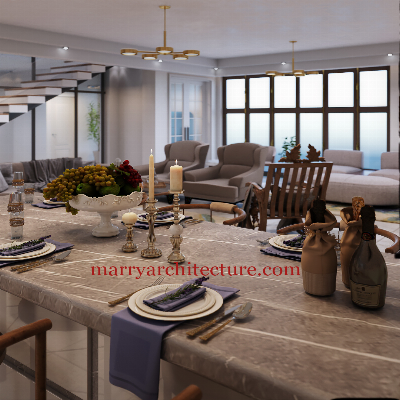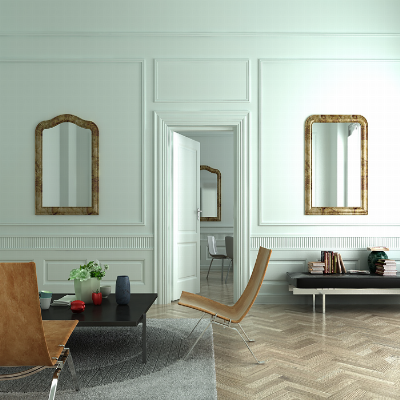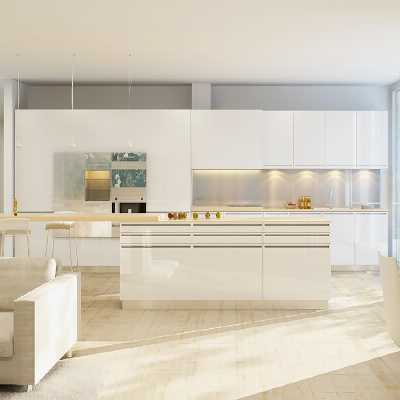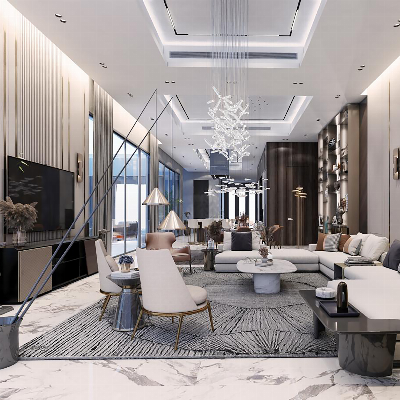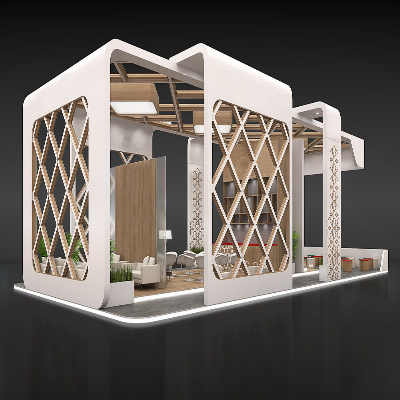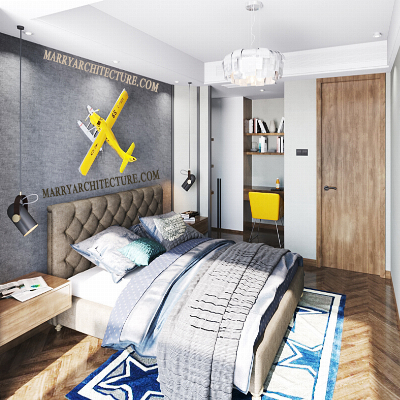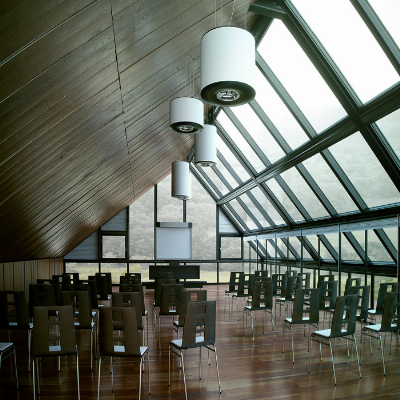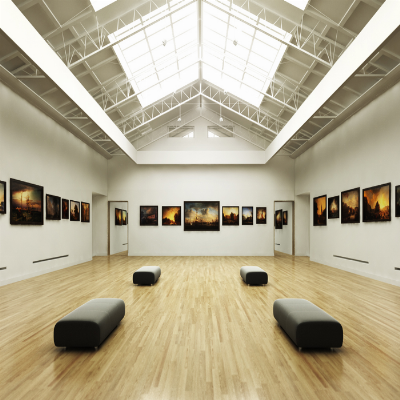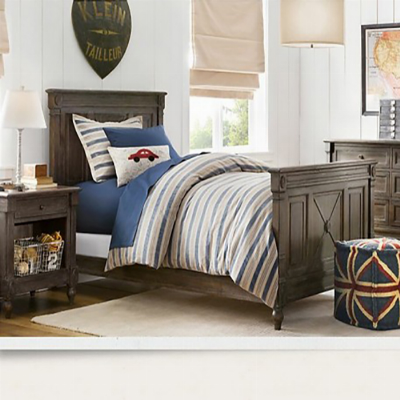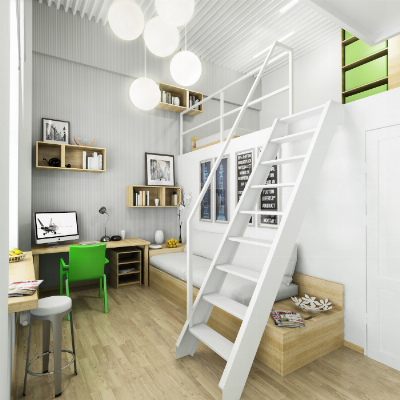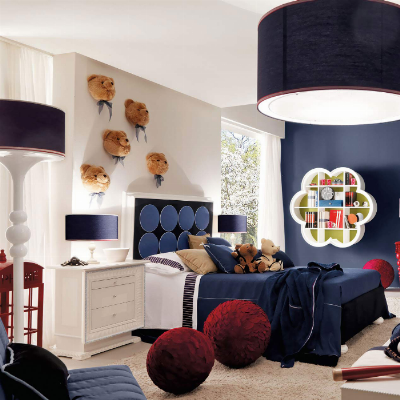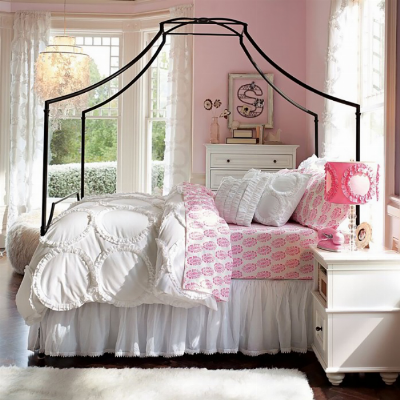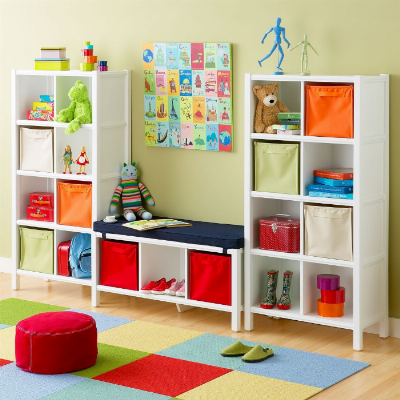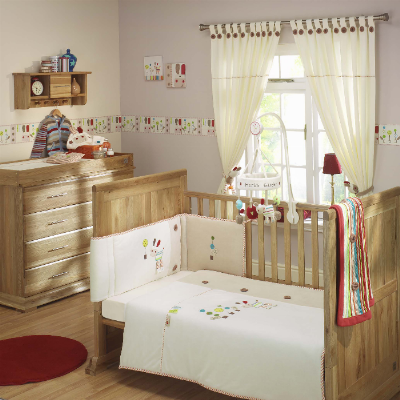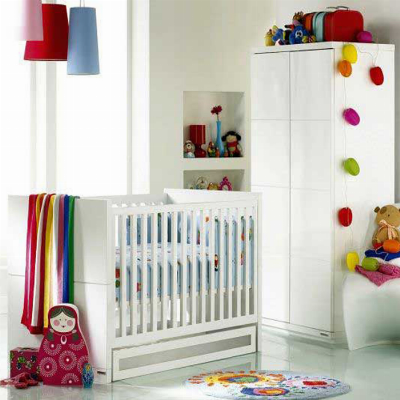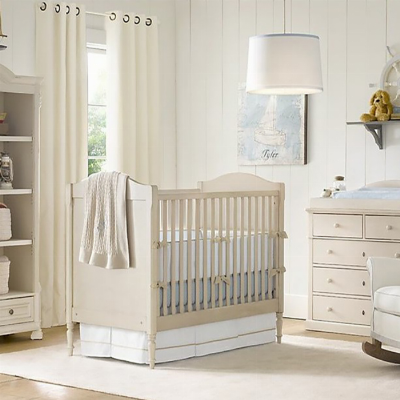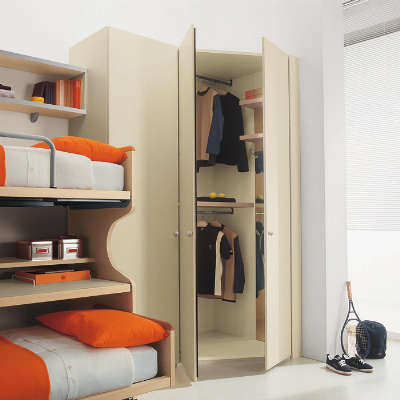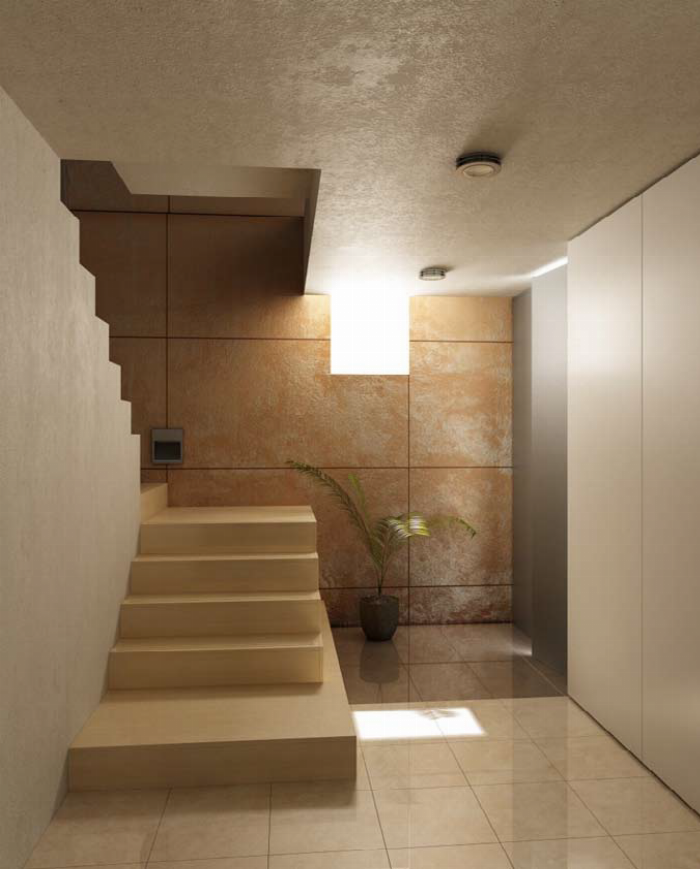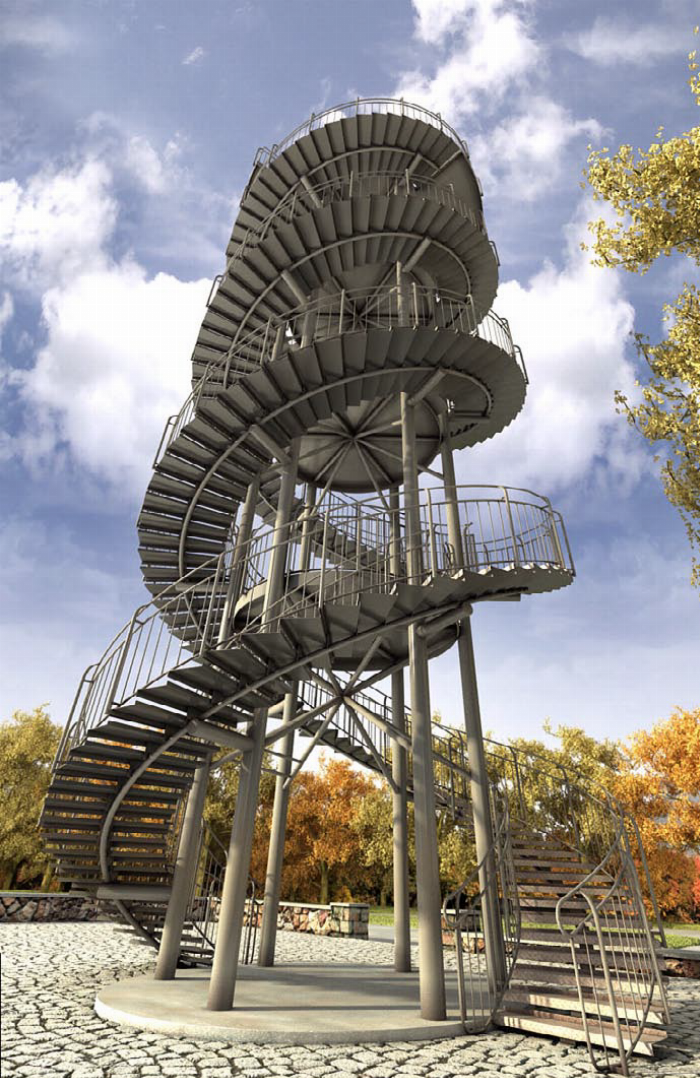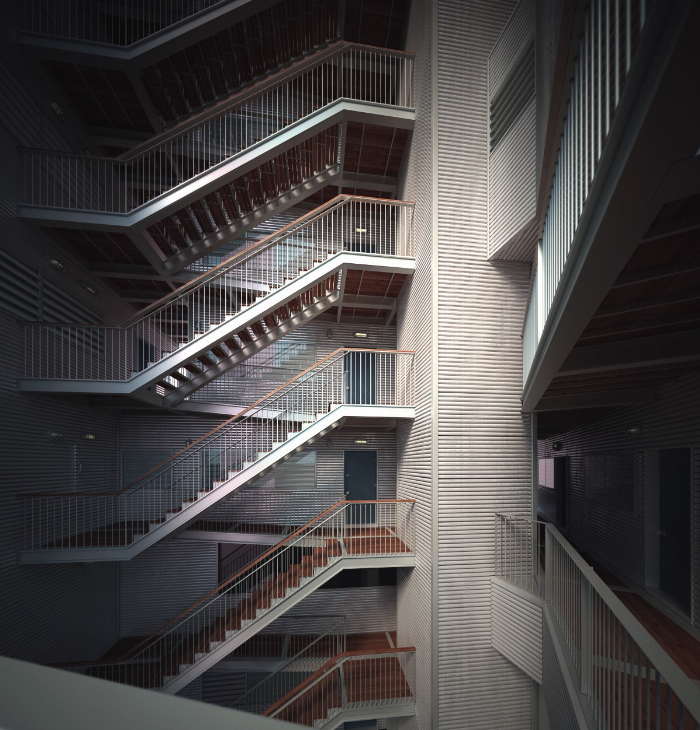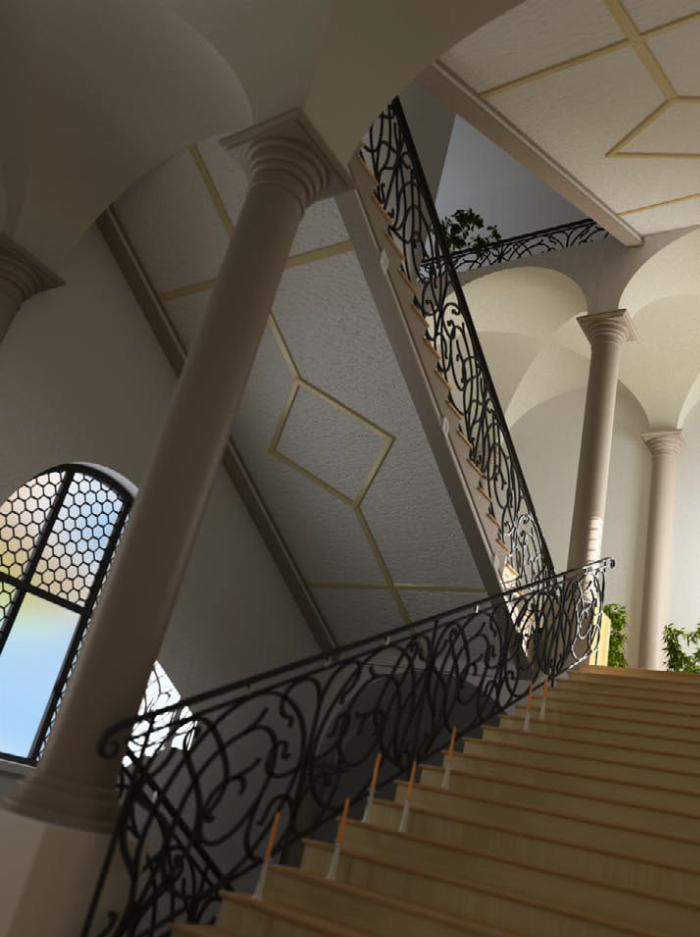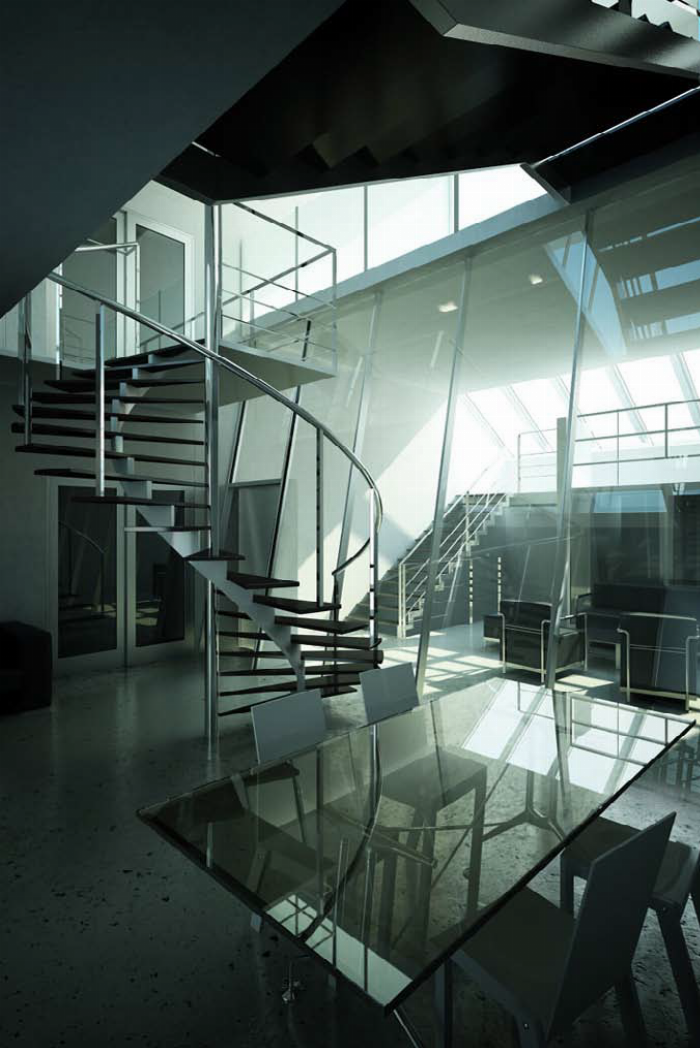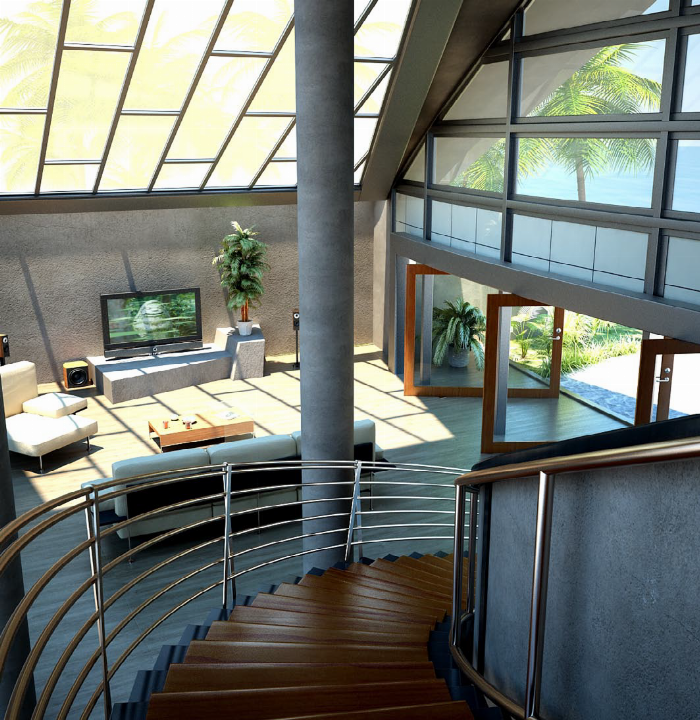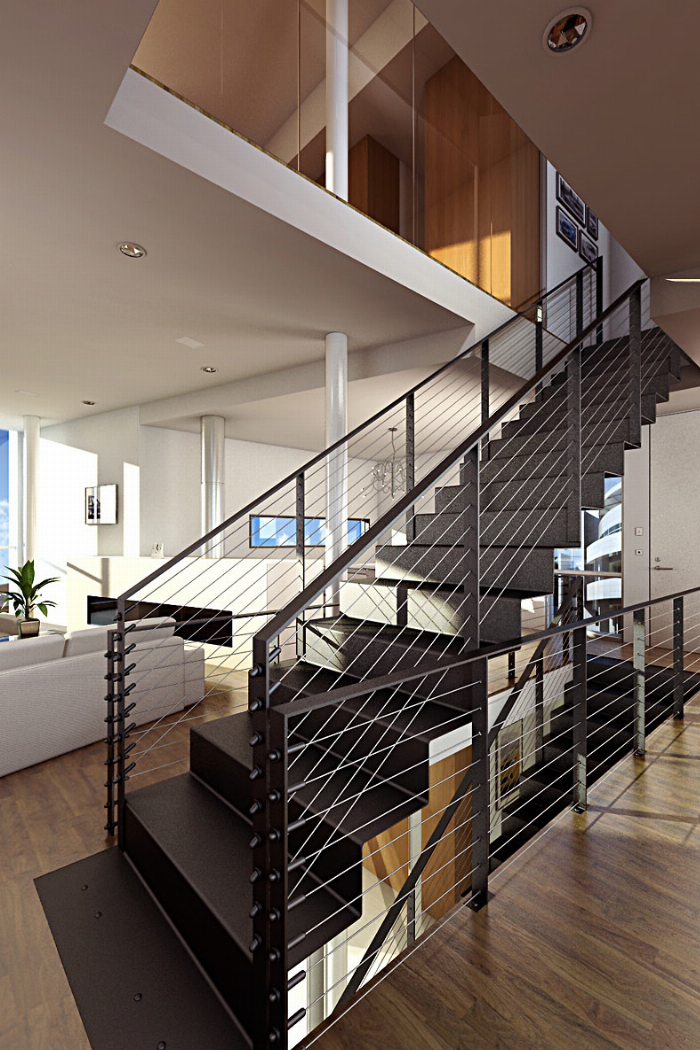One of the most important elements for designing stairs is safety. A staircase must be designed to provide a safe means of travel between levels and should meet building codes and regulations. Safety features such as handrails and treads are essential for preventing slips, trips, and falls. Handrails provide stability and support, while treads provide a surface for secure footing.
Another important element for designing stairs is aesthetics. A staircase should be visually appealing and complement the overall design of the space. Design elements such as materials, finishes, and lighting can be used to create a unique and visually striking staircase.
Staircase functionality is also important. The design should take into account the amount of traffic that will be using the stairs and ensure that there is enough space for comfortable travel. In addition, the layout and design of the staircase should be well-suited to the space in which it is located.
Finally, sustainability is becoming an increasingly important element in staircase design. Sustainable materials and practices can be incorporated into the design to reduce the environmental impact of the staircase. By considering safety, aesthetics, materials, finishes, functionality, accessibility, sustainability, code compliance, regulations, lighting options, space-saving solutions such as spiral or floating stairs, designers can create a staircase that is both beautiful and practical.

